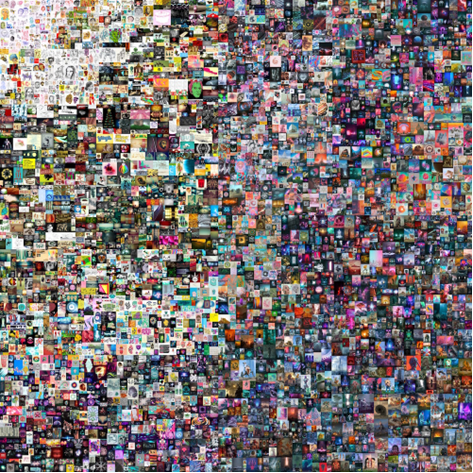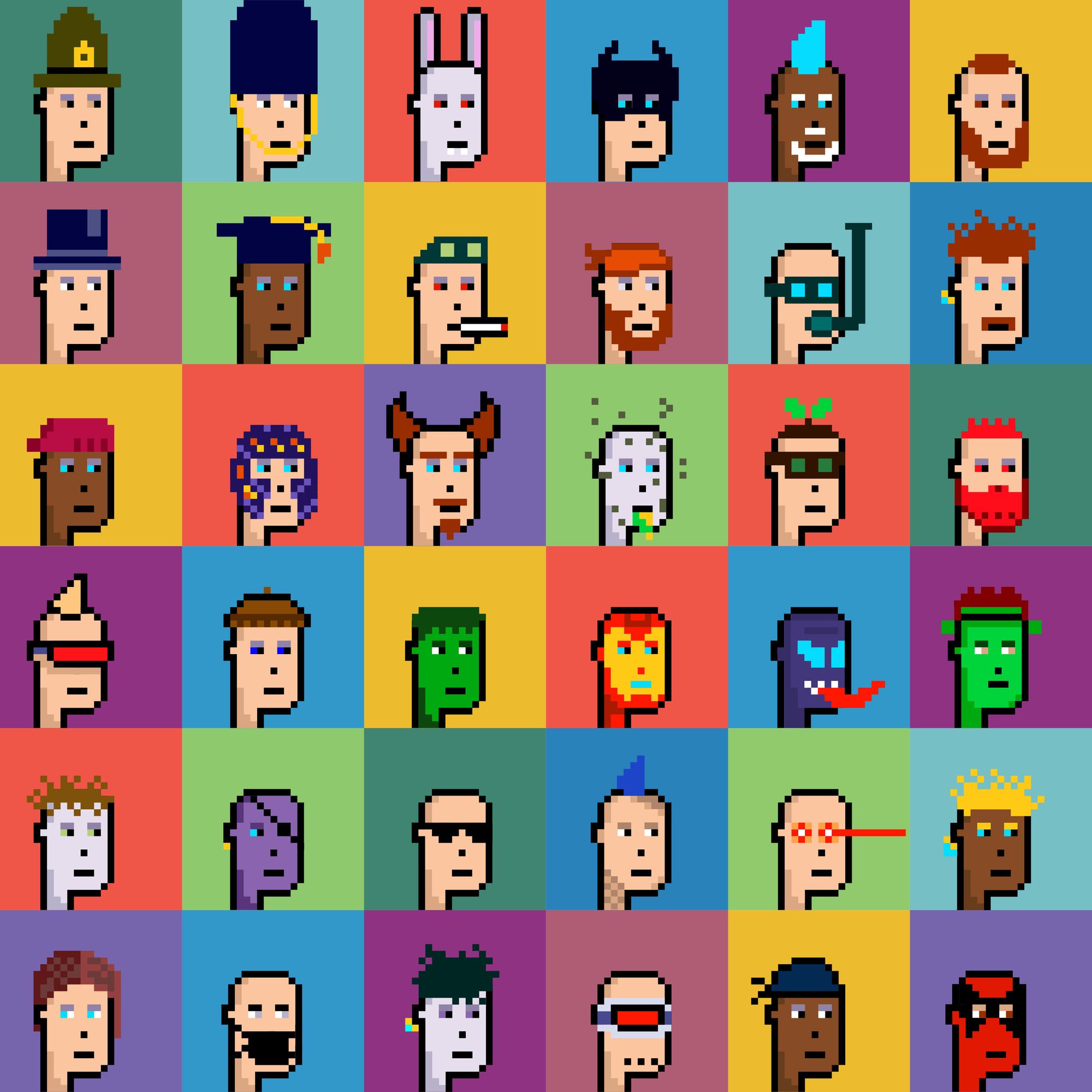What would you do with 70 million dollars? Would you travel around the world? Buy a mansion? A Ferrari? Maybe a private island? Or, would you spend it on an NFT? Well, in 2021, someone did just that. They spent $69 million at Christie’s Auction House on Everydays: the First 5000 Days, an NFT by digital artist Beeple. While not all NFTs will cost you millions of dollars—you can buy one for as little as a penny—they’re revolutionizing the way many people collect, trade and value digital items.

The Basics: What are NFTs?
NFT stands for non-fungible token. Non-fungible essentially means that it’s unique and irreplaceable. Similar to one-of-a-kind trading cards or pieces of art, NFTs have unique identities that can’t be replicated. So when you buy an NFT, you’re buying a unique digital asset that states that you own an original piece of digital media.
While any type of unique digital media file (JPG, PNG, GIF, MP3, WAV, etc.) can be represented by an NFT, the majority of the NFT market is made up of digital art and collectables. However, NFTs can also be anything from an in-game item, to a piece of memorabilia, to a tweet, or they can represent ownership of something tangible. In 2022, for example, someone purchased an NFT that granted them ownership of a real-life three bedroom home in Columbia, South Carolina, United States.

Although NFTs have risen in popularity over the last few years, they didn’t appear out of nowhere. The concept of NFTs originated in 2012, with the creation of uniquely coloured bitcoins, known as “colored coins.” Many consider Kevin McCoy’s Quantum, minted in 2014, to be the original NFT. However, NFTs as we know them today emerged in 2017 with the launch of CryptoPunks and CryptoKitties on the Ethereum blockchain.
How do NFTs work?
Based on blockchain technology, which is essentially a digital ledger that records transactions involving and ownership of cryptographic assets, NFTs are typically created using the same type of programming as cryptocurrencies. In fact, most NFTs are part of the Ethereum blockchain because its smart contracts functionality allows tokens to be created, stored and traded directly using the blockchain.
When you buy [an NFT] using cryptocurrency, you can verify on the blockchain that you are sole owner of that work: no one can undo your ownership of an NFT or re-create the exact same one that you have. – MIT CSAIL
Each NFT is stored as a unique digital asset (that is, one of any variety of digital file, such as a document or token, that represents value) on the blockchain, and its ownership can be tracked and verified. The intention is that NFTs can be securely and safely transferred between parties, or even traded on open markets. There have, however, been many examples of trading platforms being hacked, malicious code embedded into smart contracts, and social engineering schemes designed to separate people from their digital assets.
Why do people buy NFTs?
Many purchase NFTs as an investment, similar to purchasing a physical work of art. NFT prices can fluctuate drastically and have made people lots of money, but have also led to incredible losses due to high market volatility. Since May 2022, the NFT market has appeared to be decreasing in activity, and many people have seen their digital assets plummet in price. Content creator Logan Paul, for example, purchased an NFT in 2021 for US$623,000 that is now only worth US$10.

Additionally, supporters of NFTs say they provide the perfect solution to a tricky issue in the world of digital assets: How to own an original. Creators often upload their work online and sell copies that are identical, making it hard to determine what the original is. Guaranteeing exclusivity is nearly impossible when digital files can be shared so readily. One of the arguments for NFTs is that they are originals or one-of-a-kind pieces.
NFTs give the ability to assign or claim ownership of any unique piece of digital data, trackable by using Ethereum's blockchain as a public ledger. – Ethereum.org
More recently, NFT ownership has, in some circles, become a symbol of wealth and prestige. For example, in early 2022, Twitter introduced a new feature that allows its Blue subscribers to set their (certified) NFTs as their profile pictures. Some perceive NFTs as the Gucci bag of the digital world.
Why do you need to know about this?
It's entirely possible that NFTs will follow the well-known hype cycle: from inflated expectations to disillusionment, and with time, to productive, long-term uses. Some governments are considering possible integrations of the technology into daily operations. Understanding the technology and how it is being used can help us sift through policy questions, and illuminate whether or not different technologies create opportunities for public services.
Some proponents have argued that governments could use NFT technology for census taking, record keeping (birth certificates and deeds, for example), voting, maintaining health records, and ensuring traceability in supply chains, among other things.
For example, in September of 2022, the European Union Intellectual Property Office released a document indicating that EU officials are considering the implementation of blockchain technology and NFTs to safeguard against the counterfeiting of physical goods. This would involve owners of intellectual property creating a "digital twin" for their item and a digital token would be stored on the blockchain to prove its authenticity.
The use cases of NFTs will likely continue to evolve and penetrate new markets. As people’s lives increasingly flow between online and offline spaces, innovations in digital markets, identity, ownership, and beyond are worth understanding and monitoring.
Some food for thought
- What problems could NFT technology solve when it comes to information security and ownership?
- In what ways could NFT technology be integrated into your work?
- How can NFTs help the Government of Canada deliver better services to its citizens?
Resources
- Course | Digital in Practice
- Course | Achieving Digital Dexterity
- Course | Building Digital Dexterity in Organizations
- Course | Discover Artificial Intelligence

